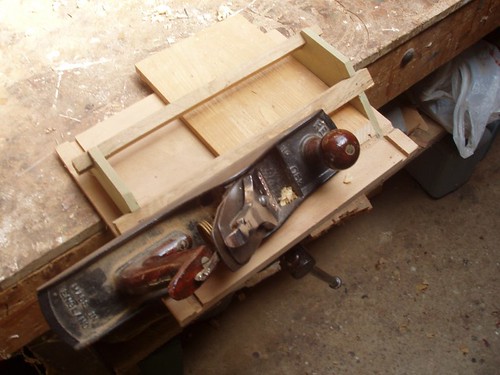matt
Established Member
I've reached that point again in a project where I need to cut the mitres for the plinths on a fitted cabinet. I hate cutting mitres at the best of times so generally get by without having to use them. However, it's a bit unavoidable under these circumstances.
So, today... I checked one of the corners and found that the angle is dead on 90 degrees, which is a good start. Knocked the mitre saw over to 90 degrees and made a cut. It was not good. The chop saw if fine for straight cuts but angles (ironically) go all out of bonk.
So... I tried the tablesaw instead. Much better.
Nevertheless, I did find myself wondering what tricks/secrets others employ to get a good mitre? I hear a lot about shooting boards but once cut to length how can you afford to start nipping bits off the end?
So, today... I checked one of the corners and found that the angle is dead on 90 degrees, which is a good start. Knocked the mitre saw over to 90 degrees and made a cut. It was not good. The chop saw if fine for straight cuts but angles (ironically) go all out of bonk.
So... I tried the tablesaw instead. Much better.
Nevertheless, I did find myself wondering what tricks/secrets others employ to get a good mitre? I hear a lot about shooting boards but once cut to length how can you afford to start nipping bits off the end?


































